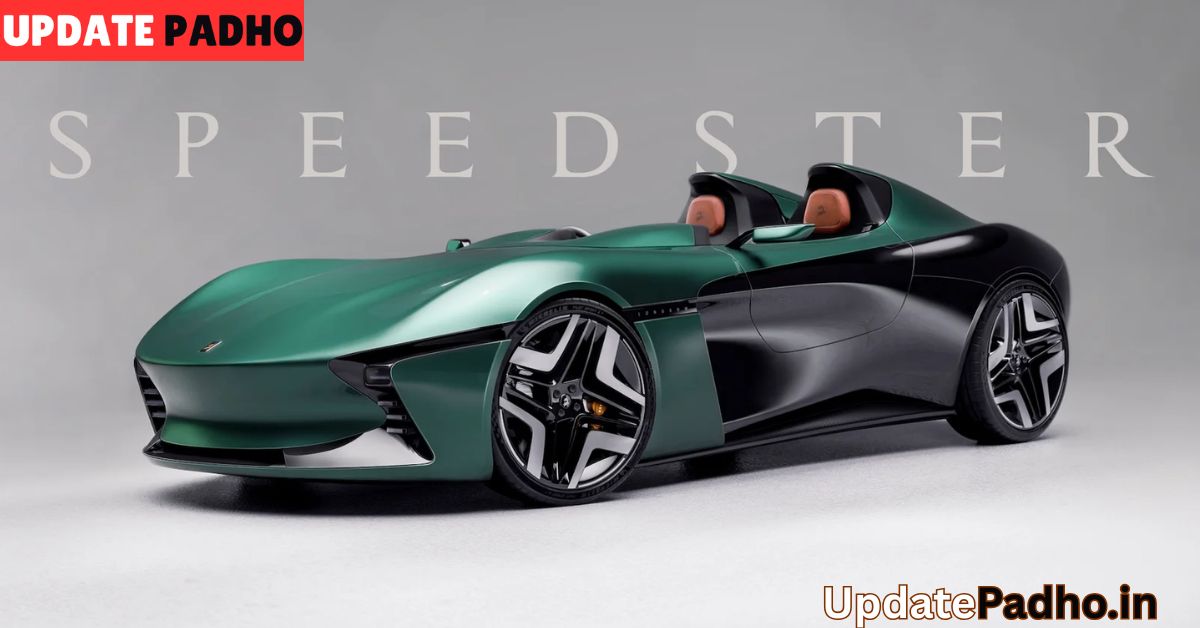In a world where electric vehicles are often synonymous with weighty battery packs and bulky designs, a new British startup is rewriting the rules. Meet Longbow, a company founded by ex-Tesla engineers Daniel Davy and Mark Tapscott, along with a team of seasoned EV veterans. Their first creation—the Longbow Speedster—is a stunning, ultralight electric sports car that’s already turning heads across the automotive world. And here’s the kicker: they built the prototype in just six months, beating Elon Musk’s long-promised Tesla Roadster to the punch.
A New Breed of Electric Performance
The Longbow Speedster is not just another EV—it’s a radical rethink of what electric performance can be. Weighing in at just 895 kg, the Speedster is a featherweight in a segment dominated by heavyweights. For comparison, even compact EVs like the Kia EV6 tip the scales at over 1,800 kg. Longbow’s philosophy, inspired by Colin Chapman’s legendary mantra “simplify and add lightness,” is evident in every curve and component of the Speedster.
This minimalist approach pays off in performance. The Speedster rockets from 0 to 62 mph in just 3.5 seconds, delivering blistering acceleration without the bulk. With an estimated range of 275 miles, it’s not just fast—it’s practical for real-world driving.
Design That Dares to Be Different
Visually, the Longbow Speedster is a tribute to classic British roadsters, with a modern twist. Its open-top design, low-slung profile, and aerodynamic contours evoke the spirit of the Lotus Elise and Jaguar E-Type, while embracing the clean lines and futuristic detailing expected of a 2026 EV.
Inside, the cabin is driver-focused and stripped of unnecessary frills. Expect lightweight materials, intuitive controls, and a layout that prioritizes engagement over excess. It’s a purist’s dream—an antidote to the screen-heavy, tech-saturated interiors of many modern electric cars.
Built by Rebels with a Cause
Longbow’s founders aren’t just engineers—they’re disruptors. Daniel Davy and Mark Tapscott left Tesla with a vision: to build electric cars that are fun, fast, and featherlight. They teamed up with the former CEO of an electric boat company and other industry veterans to form Longbow, and the Speedster is their first salvo.
Their approach is refreshingly agile. From sketch to road-ready prototype, the Speedster took just six months to build. In an industry where development cycles often span years, this pace is almost unheard of. It’s a testament to the team’s experience, focus, and willingness to challenge convention.
Pricing and Production Plans
The Longbow Speedster is expected to start at £84,995, with first deliveries slated for 2026. Initially, Longbow plans to produce 150 units, targeting enthusiasts and collectors who value exclusivity and performance. Following that, the company aims to expand its lineup with a closed-top sibling—cheekily named the “Roadster,” perhaps as a playful jab at Tesla’s delayed second-gen Roadster.
While the price tag places the Speedster firmly in the premium segment, its unique blend of lightweight engineering and electric performance could justify the cost for buyers seeking something truly different.
A New Chapter in EV Evolution
The Longbow Speedster isn’t just a car—it’s a statement. It challenges the notion that EVs must be heavy, tech-laden machines. Instead, it offers a vision of electric mobility that’s nimble, engaging, and emotionally resonant. It’s a throwback to the golden age of sports cars, reimagined for a zero-emissions future.
As the EV market matures, vehicles like the Speedster could carve out a niche among drivers who crave connection over convenience. It’s not trying to be everything to everyone—it’s trying to be unforgettable to a few.
Final Thoughts
In an era dominated by range anxiety, software updates, and autonomous driving, the Longbow Speedster is a breath of fresh air. It’s fast, light, and unapologetically analog in spirit. Built by ex-Tesla engineers who dared to dream differently, it’s proof that the future of EVs doesn’t have to be heavy-handed.



